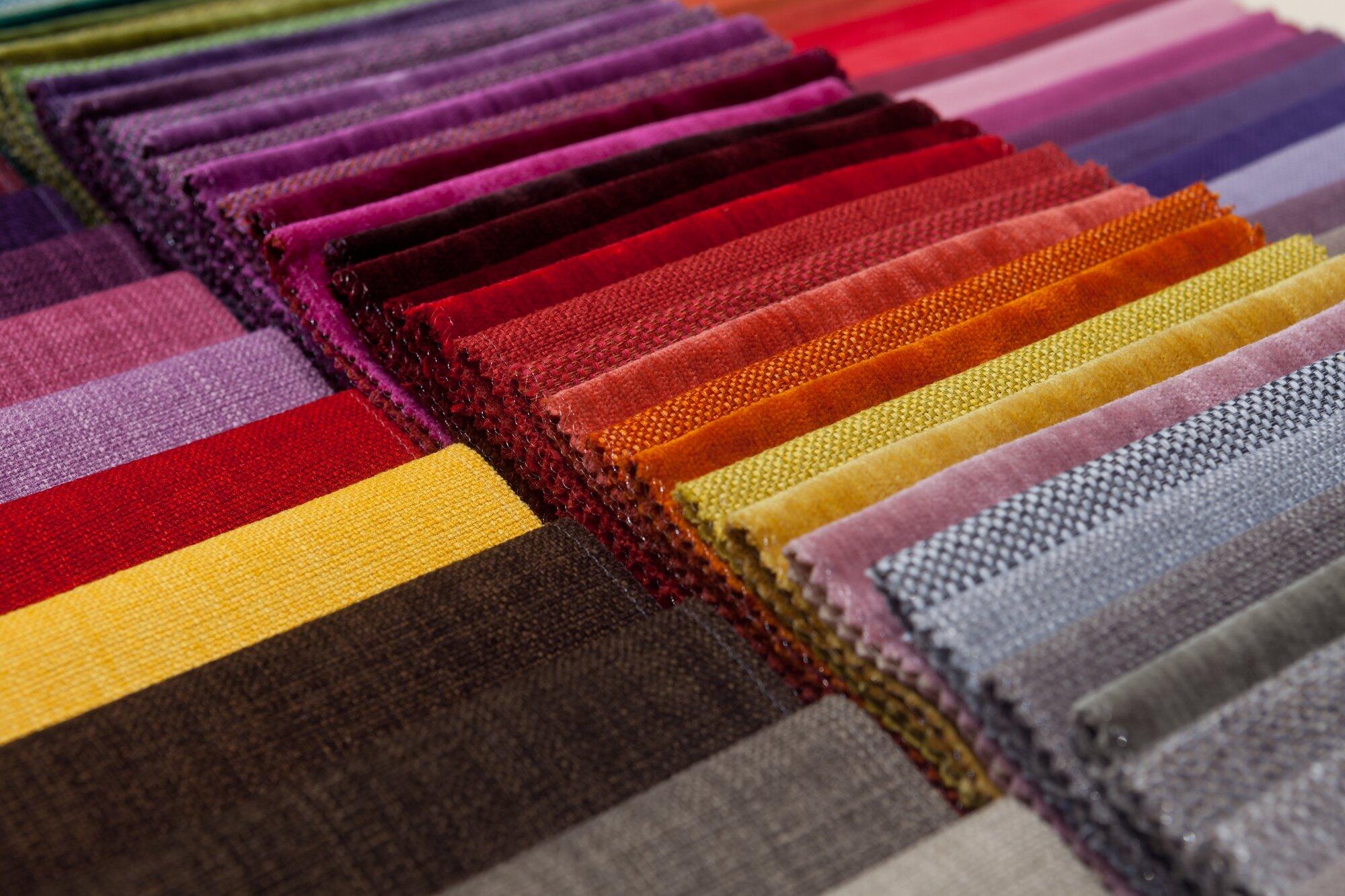
Standardization is vital in textile manufacturing, with over 27,000 clothing brands and fashion lines in the United States. If you have aspirations of joining the likes of Tommy Hilfiger and Alexander Wang, you’ll need to ensure you get ISO 9001 certified.
Learning more about “What is ISO in textile?” is an excellent step toward making your mark and adhering to textile testing standards. You’ll rest assured that you’re bringing the best tops and bottoms to the market for your customers to enjoy.
The good news is that you’ve come to the perfect place to learn more about ISO in manufacturing. Continue reading to get your certification today!
What Is ISO in Textile Manufacturing?
ISO in manufacturing for the textile industry began when delegates from 25 countries assembled in London. The purpose was to improve the quality of the textile industry by setting and adhering to standards.
Manufacturing companies must meet world-class specifications to earn and maintain the ISO 9001 and GRS (Global Recycled Standard) certification. The standards ensure fair trade between nations.
Types of Textile Testing
There are several types of textile testing to know about when earning your ISO certification. Two primary types of focus for your brand are quality record testing and routine process testing. You can use both tests with different fabric types to meet the textile testing standards.
Here’s a closer look at the types of testing to use.
1. Yarn Testing
Yarn is a raw material that faces rigorous tests for textile manufacturing. You’ll need to ensure the yarn you’re using meets industry standards.
Test it for fiber firmness, strength, Lea strength, and friction. Other tests should focus on moisture regain and twist measurement before using it to create garments.
2. Fiber Testing
Fiber testing is another type of testing to know when working in the apparel industry. Fibers have several qualities you’ll need to test and check for before proceeding with the manufacturing process.
You’ll want to use testing in the weaving and spinning industries-test for fiber fineness, strength, fiber friction, and rigidity. Testing for the amount of recycled material in your clothing is also beneficial when you become ISO 9001 certified.
3. Fabric Testing
Fabric testing is best used with knitted, woven, and non-woven garments and apparel. Tensile strength and tear resistance are two focal points for your textile testing standards.
Pilling resistance is another area to focus on when developing shirts and pants for your customers. Ensure the color holds fast when subjected to moisture, light, and other environmental factors. Conduct all tests in a typical environment for clothing and apparel.
Now You Know What Is ISO in Textile
Knowing what is ISO in textile manufacturing is a critical step to help your brand become ISO 9001 certified. Still, you’ll need to learn to perform the tests on different materials.
Test fabric, yard, and fiber to ensure you’re meeting the textile testing standards set by the ISO. Test all items in typical environments to get accurate readings and provide quality apparel to customers.
Creating your first clothing line is attainable if you know where to begin. Read more of our blog content to get the guidance you need to build a successful brand today!




